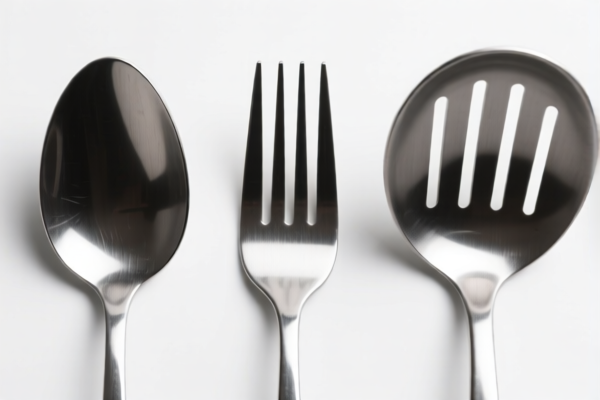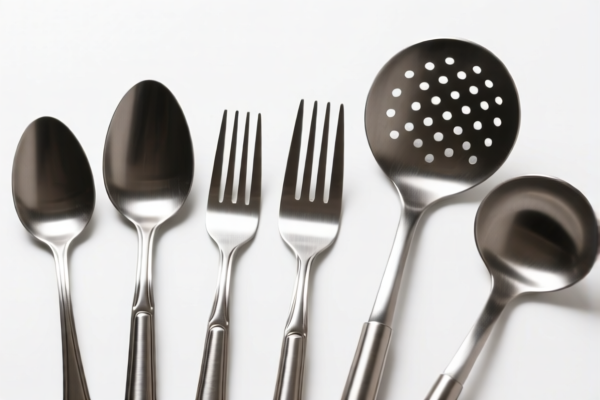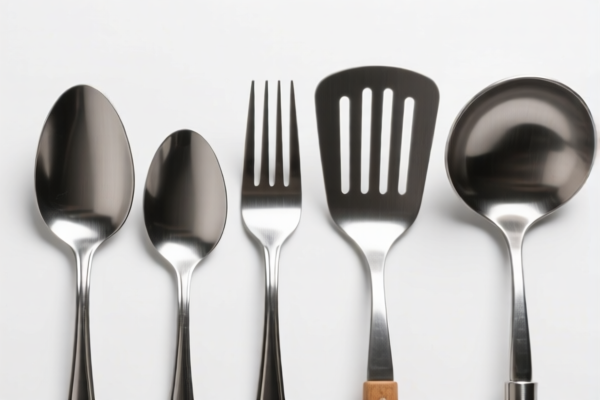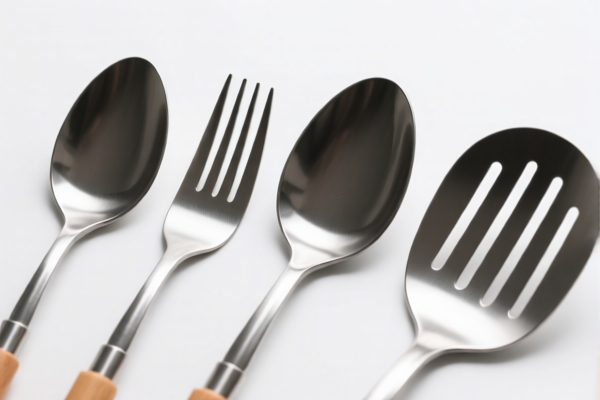| HS Code | Official Doc | Tariff Rate | Origin | Destination | Effective Date |
|---|---|---|---|---|---|
| 8516310000 | Doc | 33.9% | CN | US | 2025-05-12 |
| 8545110010 | Doc | 55.0% | CN | US | 2025-05-12 |
| 8545110050 | Doc | 55.0% | CN | US | 2025-05-12 |
| 9615902000 | Doc | 38.1% | CN | US | 2025-05-12 |
| 8533100020 | Doc | 55.0% | CN | US | 2025-05-12 |
| 8533100060 | Doc | 55.0% | CN | US | 2025-05-12 |
| 7321113010 | Doc | 80.0% | CN | US | 2025-05-12 |
| 7321811000 | Doc | 57.9% | CN | US | 2025-05-12 |
| 7322110000 | Doc | 55.0% | CN | US | 2025-05-12 |
| 7322900015 | Doc | 80.0% | CN | US | 2025-05-12 |
| 8419815080 | Doc | 37.5% | CN | US | 2025-05-12 |
| 8419896000 | Doc | 55.0% | CN | US | 2025-05-12 |
| 8514110000 | Doc | 55.0% | CN | US | 2025-05-12 |
| 8514400000 | Doc | 55.0% | CN | US | 2025-05-12 |
| 8468801000 | Doc | 57.9% | CN | US | 2025-05-12 |
| 8515110000 | Doc | 57.5% | CN | US | 2025-05-12 |
| 8515800080 | Doc | 55.0% | CN | US | 2025-05-12 |




Heating Tools
Heating tools are devices that generate heat, typically used for a variety of applications including cooking, styling, industrial processes, and repair. They convert energy (electrical, gas, etc.) into thermal energy.
Materials
The materials used in heating tools vary significantly depending on the application and desired temperature range. Common materials include:
- Metals: Stainless steel, aluminum alloys, and nickel-chromium alloys (Nichrome) are frequently used for heating elements due to their high resistance and ability to withstand high temperatures.
- Ceramics: Used in elements for even heat distribution and rapid heating/cooling. Often found in hair styling tools.
- Plastics: Used for housings, handles, and insulation, chosen for heat resistance and electrical safety. Bakelite was historically common, now often replaced by more durable polymers.
- Glass: Used in some specialized applications, such as heat lamps or for viewing heated materials.
- Quartz: Used in infrared heaters for rapid heating.
Purpose & Function
The primary purpose of heating tools is to raise the temperature of a substance or environment. Functions include:
- Cooking: Heating food for preparation.
- Styling: Altering the shape or texture of hair or other materials.
- Soldering/Desoldering: Melting and fusing metals for electronic repair.
- Shrinking: Reducing the size of materials (e.g., heat shrink tubing).
- Melting: Changing a solid to a liquid.
- Drying: Removing moisture.
- Warming: Maintaining a desired temperature.
Usage Scenarios
- Residential: Kitchens (ovens, stoves, toasters), bathrooms (hair dryers, curling irons), workshops (soldering irons).
- Commercial: Restaurants, bakeries, manufacturing facilities, construction sites.
- Industrial: Welding, metalworking, chemical processing, electronics assembly.
- Automotive: Heat guns for paint removal or shrinking materials.
- Scientific: Laboratories for heating samples or maintaining controlled temperatures.
Common Types
- Hair Styling Tools:
- Hair Dryers: Blow hot air to evaporate water from hair.
- Curling Irons/Wands: Use heated barrels to curl hair.
- Flat Irons/Straighteners: Use heated plates to straighten hair.
- Hot Rollers: Heated rollers used to curl or volumize hair.
- Cooking Appliances:
- Ovens: Enclosed spaces for baking and roasting.
- Stoves/Hobs: Used for cooking in pots and pans. (Electric, gas, induction)
- Toasters/Toaster Ovens: For browning bread and small food items.
- Grills: For cooking food over direct heat.
- Soldering/Desoldering Tools:
- Soldering Irons: For joining metal components with solder.
- Soldering Guns: Higher-powered soldering tools for larger joints.
- Desoldering Stations: For removing solder from circuit boards.
- Industrial Heaters:
- Heat Guns: Blow hot air for shrinking, stripping paint, and thawing.
- Propane Torches: For welding, brazing, and cutting metal.
- Induction Heaters: Heat metal objects using electromagnetic induction.
- Space Heaters: Portable devices for warming rooms. (Electric, ceramic, oil-filled)
- Heat Lamps: Emit infrared radiation for warming or drying.
Based on the provided information, “heating tools” can encompass a variety of items. Here’s a breakdown of relevant HS codes and associated details:
-
8516.31.00.00: This HS code falls under Chapter 85 (Electrical machinery and equipment) and specifically covers “Electrothermic hairdressing apparatus (for example, hair dryers, hair curlers, curling tong heaters) and hand dryers; electric flatirons.” The subheading 31.00.00 further specifies “Hair dryers.” The applicable tax rate is a base tariff of 3.9%, with no additional tariff currently, but a 30.0% additional tariff will be applied after April 2, 2025, resulting in a total tariff of 33.9%.
-
8514.11.00.00: This HS code is categorized under Chapter 85 and pertains to “Industrial or laboratory electric furnaces and ovens (including those functioning by induction or dielectric loss); other industrial or laboratory equipment for the heat treatment of materials by induction or dielectric loss; parts thereof.” Specifically, it covers “Resistance heated furnaces and ovens: Hot isostatic presses.” The applicable tax rate is a base tariff of 0.0%, with an additional tariff of 25.0%, increasing to 30.0% after April 2, 2025, for a total tariff of 55.0%.
-
8514.40.00.00: Also within Chapter 85, this HS code covers “Industrial or laboratory electric furnaces and ovens (including those functioning by induction or dielectric loss); other industrial or laboratory equipment for the heat treatment of materials by induction or dielectric loss; parts thereof.” Specifically, it covers “Other equipment for the heat treatment of materials by induction or dielectric loss.” The applicable tax rate is a base tariff of 0.0%, with an additional tariff of 25.0%, increasing to 30.0% after April 2, 2025, for a total tariff of 55.0%.
-
8419.81.50.80: This HS code falls under Chapter 84 (Nuclear reactors, boilers, machinery and mechanical appliances; parts thereof) and covers “Machinery, plant or laboratory equipment, whether or not electrically heated (excluding furnaces, ovens and other equipment of heading 8514), for the treatment of materials by a process involving a change of temperature such as heating, cooking, roasting, distilling, rectifying, sterilizing, pasteurizing, steaming, drying, evaporating, vaporizing, condensing or cooling, other than machinery or plant of a kind used for domestic purposes; instantaneous or storage water heaters, nonelectric; parts thereof.” Specifically, it covers “Other machinery, plant or equipment: For making hot drinks or for cooking or heating food: Cooking stoves, ranges and ovens Other.” The applicable tax rate is a base tariff of 0.0%, with an additional tariff of 7.5%, increasing to 30.0% after April 2, 2025, for a total tariff of 37.5%.
-
8419.89.60.00: Also within Chapter 84, this HS code covers “Machinery, plant or laboratory equipment, whether or not electrically heated (excluding furnaces, ovens and other equipment of heading 8514), for the treatment of materials by a process involving a change of temperature such as heating, cooking, roasting, distilling, rectifying, sterilizing, pasteurizing, steaming, drying, evaporating, vaporizing, condensing or cooling, other than machinery or plant of a kind used for domestic purposes; instantaneous or storage water heaters, nonelectric; parts thereof.” Specifically, it covers “Other machinery, plant or equipment: Other: Other: Molten-salt-cooled acrylic acid reactors.” The applicable tax rate is a base tariff of 0.0%, with an additional tariff of 25.0%, increasing to 30.0% after April 2, 2025, for a total tariff of 55.0%.
Customer Reviews
No reviews yet.